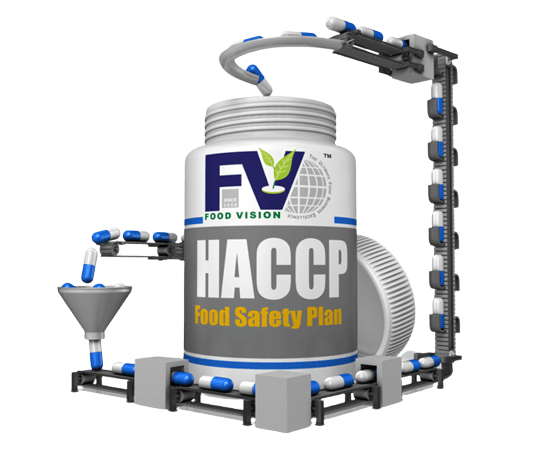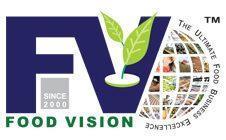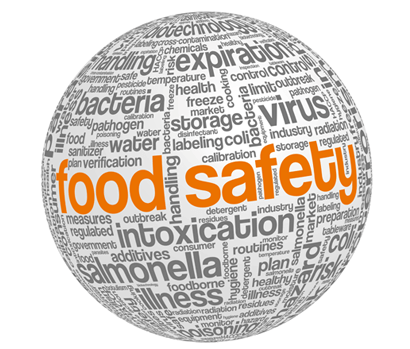GMPS
Food Safety fundamentals, Pre-requisite programs and Good Manufacturing Practices (GMPs) provide building blocks for any food safety management systems. The strength and integration of pre-requisites determines the base for a Food Safety Plan/ HACCP – Hazard Analysis Critical Control point – a prevention-based food safety management system. Regardless the type of HACCP either it non-regulatory or regulatory HACCP, or its HACCP for specialised food manufacturing, warehousing, food service or food retail operations, the significance of GMPs is always paramount.


There are no overnight solutions or panic button for developing strong and sturdy food safety fundaments. It’s a daunting task and an ongoing challenge for food business operations to build a strong and reliable food safety pre-requisites.
A trained, competent, and seasoned resource at Food Vision offers training, program writing and implementation facilitation for food operations.
Food Safety Pre-requisites/ GMPs Frameworks
CODEX PRE-REQUISITES
FAO – Codex Guidelines
- 1. Facilities:
- 2. Supplier Control:
- 3. Specifications:
- 4. Production Equipment:
- 5. Cleaning and Sanitation:
- 6. Personal Hygiene:
- 7. Training:
- 8. Chemical Control:
- 9. Receiving, Storage and Shipping:
- 10. Traceability and Recall:
- 11. Pest Control:
FDA-FSMA RE-REQUISITES
21 CFR Subpart B- Subpart B. Current GMPs
- 1. Personnel.
- 2. Plant and grounds.
- 3. Sanitary operations.
- 4. Sanitary facilities and controls.
- 5. Equipment and utensils.
- 6. Processes and controls.
- 7. Warehousing and distribution.
- 8. Holding and distribution of human food by-prod ucts for use as animal food.
- 9. Defect action levels.
CFIA – SFCA – RE-REQUISITES
Safe Food for Canadian Act
- 1. Premises
- 2. Food conveyances, purchasing, receiving and storage
- 3. Conveyances and equipment in the establishment
- 4. Personnel
- 5. Sanitation and pest control
- 6. Recall System
- 7. Operational prerequisite programs
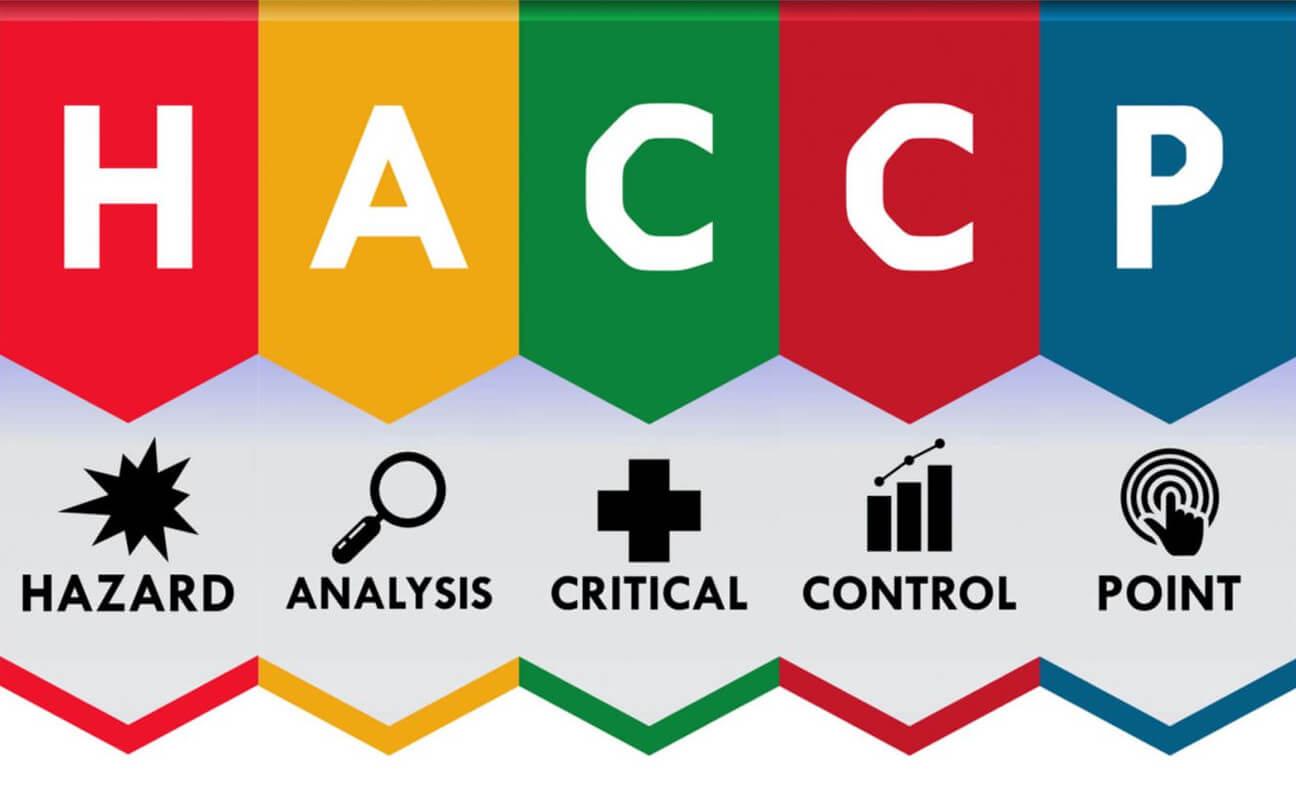
HACCP / Food Safety Plan
HACCP Stands for Hazard Analysis and Critical Control Point. HACCP is a tool to assess hazards and establish control systems that focus on prevention rather than relying mainly on end-product testing.
It’s a prevention-based food safety management in which food safety is addressed through the analysis and control of biological, chemical, and physical hazards.

As explained by FAO, HACCP is a science-based, systematic, and preventive approach to food safety management that addresses the identification, evaluation, and control of biological, chemical, and physical hazards throughout the chain of food production.
Application of HACCP
As per FAO, Hazard Analysis and Critical Control Points. (HACCP) may be applied throughout the food chain. HACCP works from” farm to fork”, “gate to plate” and “stable to table”.
There are many ways and approaches to do HACCP. There may be numerous types of HACCP requirements. These requirements may be based on regulatory requirements, customer requirements or based on global bodies like Codex. Our markets are quite familiar with Regulatory HACCP for High-Risk Processes/ Products, Non – Regulatory HACCP and Codex HACCP.
HACCP has seven famous principals. Seven basic principles are employed in the development of HACCP plans that meet the stated goal. These principles include.
1. Conduct Hazard analysis,
2. Identify CCP identification,
3. Establishing critical limits,
4. Establishing monitoring procedures,
5. Establishing corrective actions,
6. Establishing verification procedures,
7. Record-keeping and documentation.

Codex HACCP may be implemented through 12 steps that includes 5 preliminary steps and 7 principles. Among the preliminary steps include.
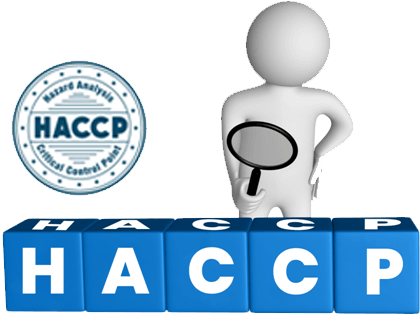
Codex’s 5 preliminary Steps to do HACCP
1. Assemble the HACCP team
2. Describe the food and its distribution
3. Describe the intended use and consumers of the food
4. Develop a flow diagram which describes the process
5. Verify the flow diagram
In general HACCP may be applied to various type of food, feed, and related operations.
Food Vision’s GMP/ Food Safety systems/ HACCP consulting/ coaching scope covers all global schemes and standards and styles of HACCP Plans. Our team of experts offer this special service to following operations and food sector categories.

To learn more about Food Safety Management download a free guide on HACCP
- Food Packaging HACCP – Cover all types of food packaging
- Pet Food HACCP
- Cannabis HACCP
- HACCP for Natural Health Products
- Animal Feed HACCP
- HACCP for Catering
- Seafood HACCP – Fisheries/ Hatcheries and Processing
- HACCP for Processing Aid Production
- Meat Plant Initiative HACCP
- Safe Food Initiative HACCP
- Produce HACCP for indoor and outdoor farming
- HACCP for Hydroponics
- HACCP for Manufacturing
- HACCP for Low Acid, Acidified Food/ Hermetically packaged Food
- HACCP for Egg and Dairy Processing
- HACCP for Regulatory Operations
- HACCP for Maple Syrup and Honey
- HACCP for Warehousing and Distribution
- HACCP for Retail Operation
- HACCP for Food Service
Globally Approved and Accredited Training on HACCP

We offer International HACCP Alliance Accredited HACCP Trainings.
This training fulfils GFSI HACCP Training requirements for Approved Auditors, Consultants, Trainers and Practitioners. Browse our next accredited HACCP Training workshop.
